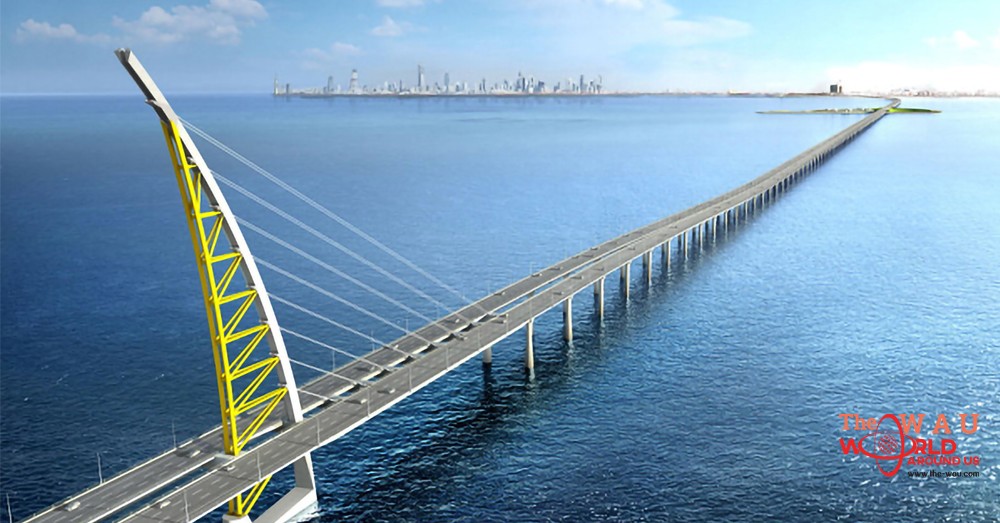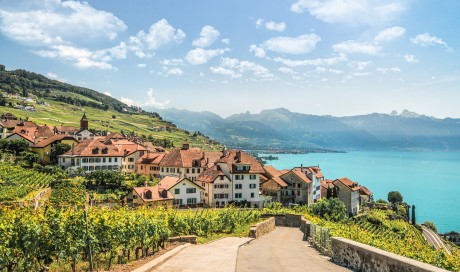The Sheikh Jaber Causeway is one of the major infrastructural projects aimed at creating a bridge leading Kuwaitis toward a bridge future. The Sheikh Jaber Causeway, which is currently in its final stages, will link Kuwait City with Al-Subiya area and the future Madinat Al-Harir (Silk City) project over Kuwait Bay as part of the development plans kicked started some nine years ago. Through the ‘New Kuwait’ or Kuwait Vision 2035, a national initiative development aimed at transforming the country to a regional and international hub for business and commerce. The plan also focuses on diversifying the country’s resources to a non-oil based economy.
The Jaber Causeway – which stretches around 37.5 kilometers – will shorten the commuting time between Kuwait City and Subiya area to under 30 minutes, from around 90 minutes which is the time that it currently takes through the usual 104 kilometers of highways and roads. Work on Sheikh Jaber Causeway began on November 3, 2013. The bridge is divided into the 27-kilometers main-link at cost of around KD 738 million (around $2.3 billion). The main-link will connect between Kuwait City and Al-Subiya area, while the Doha link, a four-lane bridge road, will stretch at 4.7 kilometers towards Doha area, costing around KD 165.7 million ($545 million).
The development of the causeway coincided with establishment of an entity tasked with the development of Al-Hariri City in Subiya and Boubiyan Island as part of strategy linking Shuwaikh Port in Kuwait City with the northeastern region of the country. Recently, a high-level 35-member Chinese delegation – headed by Vice Chairman of the National Development and Reform Commission of the People’s Republic of China Ning Jizhe – visited the country and held discussions focusing on Kuwait’s development vision.
The visiting Chinese delegation expressed great desire to partake in the development of the Silk City project, indicating that China was working on its own Belt and Road development initiative. In regards to the Silk City project, the first phase will focus on establishing a commercial region in Mubarak seaport, a logistic zone, an international airport, a railway network carrying cargo and individuals, and city dedicated to small to medium enterprises.
Share This Post















